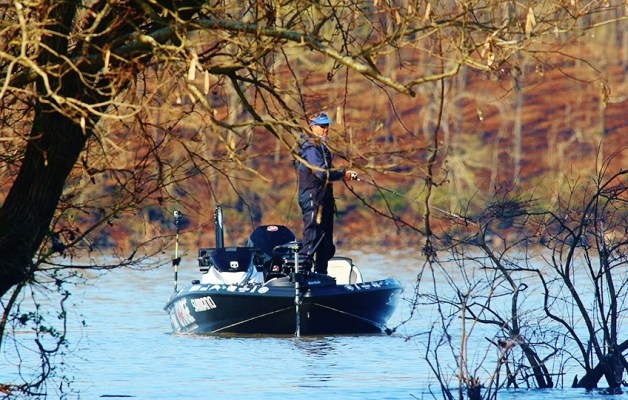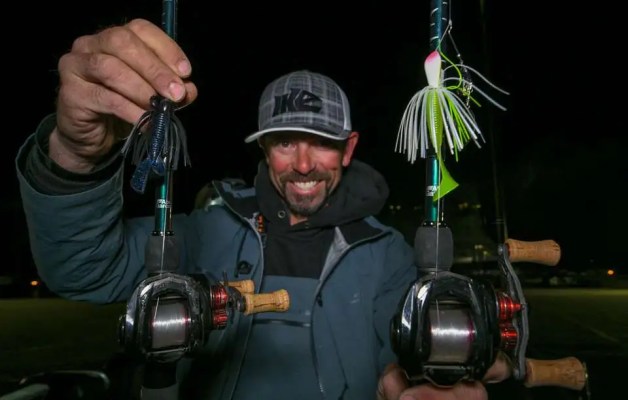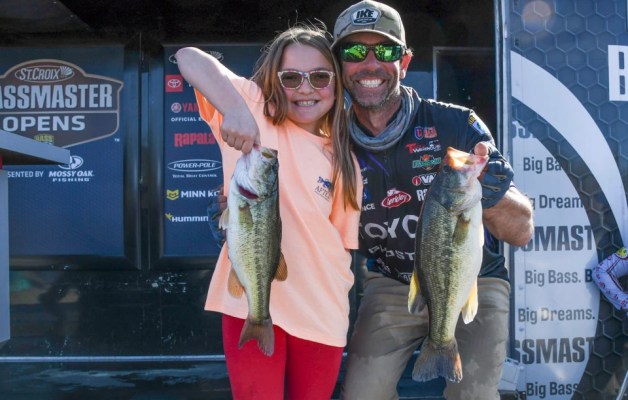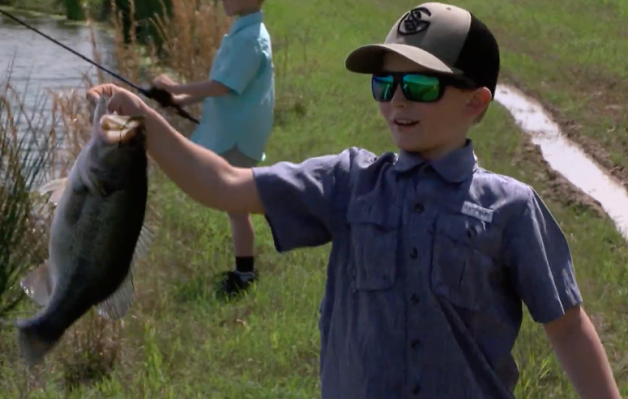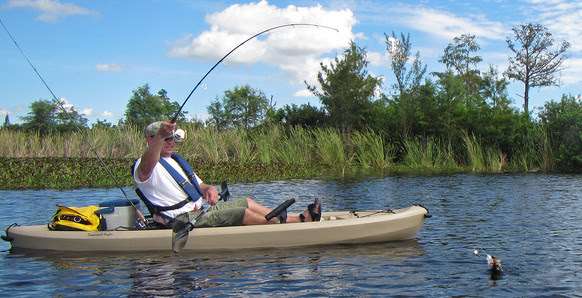
A knot is the weakest link in that fragile connection between angler and fish: the line. Who hasn’t reeled in a slack line following a violent strike or strong battle only to find the telltale curl of a slipped knot awaiting them at the end? The wrong tie can even cut a line’s strength in half. Thankfully, knowledge of only a few basic and easy knots will suffice most anglers for a lifetime of successful fishing.
Improved clinch knot
This is the angler’s most basic tie, useful for connecting monofilament to hook or lure.
1. Begin by passing the tag end (free end) of the line through the eye of the lure or hook. Next wrap the tag end around the standing end of the line at least five times. Fewer turns will allow the knot to slip. If necessary, use more turns for thick-wire eyes to prevent slipping.

2. Now pass the tag end through the loop in the line nearest the eye, then pass the tag end back through the loop you just created. Pull on the standing end (the line going back to the rod) to tighten, being careful that the wraps do not “pile up” under each other.
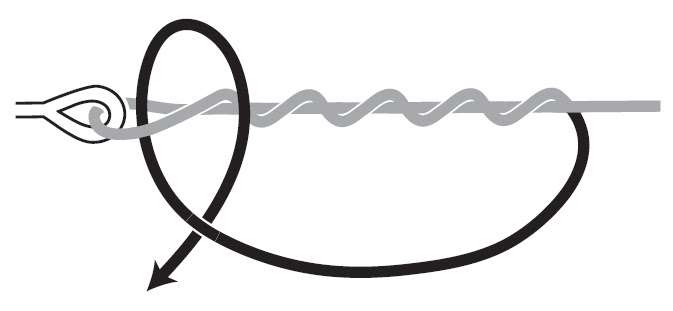
Blood knot
Use this knot to connect two lines of equal diameter. (Not as hard to tie as the name suggests!)
1. Begin by laying the two lines alongside each other and wrapping one line around the other five times. Pass the tag end back between the two lines.

2. Repeat the process with the other line. This tag end should also pass back between the two lines, but from the opposite direction as the tag end of the first line.

3. Pull evenly on both standing lines to cinch up the knot. Make sure neither tag end slips out from between the two lines during tightening.

Palomar knot
This is an easy knot to tie that works pretty universally among various brands of braided line.
1. Pass the line through the hook eye and then back through again to form a loop.
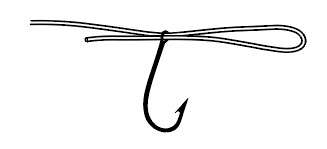
2. Tie a simple square knot using the loop of line you just made.
3. Then, pass that same loop back over the hook or lure.
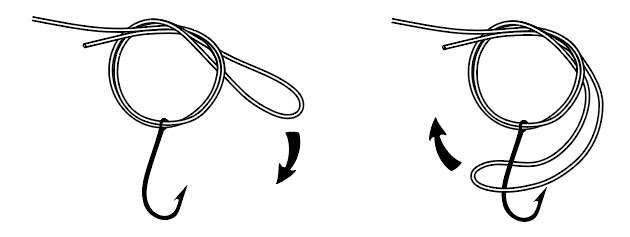
4. Snug the knot tight by pulling on the tag end of the line and the standing end of the line simultaneously.
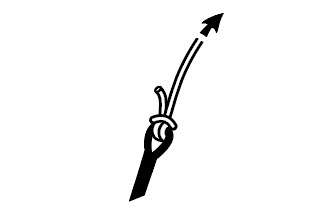
Tying tips:
- Proper knot tying takes a bit of practice. It is usually easier to learn a new knot by tying it with heavier fishing line. Even handier for practicing may be soft nylon twine. A short chunk of dowel rod with a screw eye embedded in it makes a handy (and safely hookless) practice “lure” for tying to.
- Give yourself plenty of line to work with. Having too short a “tag end” can make any knot much harder to tie.
- Moistening the knot with a drop of water or saliva will help the line to snug up nicely when the finished knot is tightened, without risk of damage to the line by unnecessary friction. Pull a knot tight with a smooth and even motion, not with a jerk.
- Knots can weaken with stress or use. Check the strength of a knot by pulling hard on the line after landing a fish, or after fishing with the same knot for a while.

